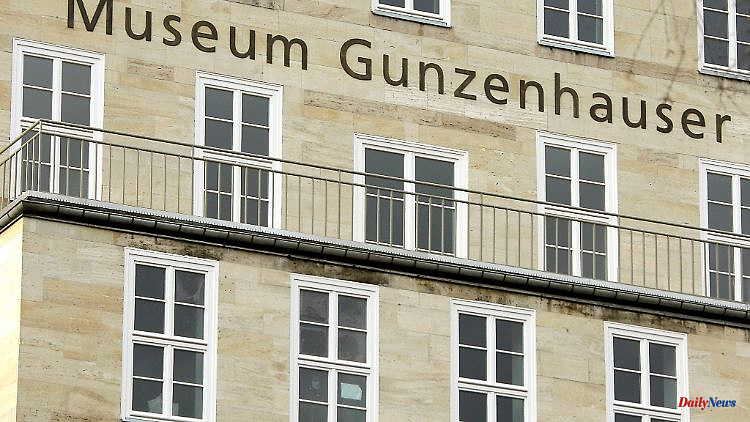Chemnitz (dpa/sn) - With a new exhibition, the Gunzenhauser Museum traces continuities and upheavals in the life and work of artists from the Weimar Republic until after the Second World War. Rudolf Bergander, Otto Dix, Lea Grundig, Wilhelm Rudolph, Gustav Schaffer and Martha Schrag were selected as examples. On the one hand, they shaped the realism movements of the 1920s and the New Objectivity, as reported by the Chemnitz Art Collections. On the other hand, they would have processed the upheavals of the 20th century differently.
While some of the artists were persecuted and ostracized by the National Socialists, others found links to the Nazi regime. The pictures created during the National Socialist era vividly reflected the artists' different behaviors and scope for action, it said.
The exhibition "Life paths. Artists between the systems" opens on Saturday evening and can be seen until July 2nd. Among other things, Dix' "Düstere Landschaft" from 1940, Bergander's "Unsere Trümmerfrauen" (1955), Schaffer's oil painting "Die Mutter" (1926) and Grundig's pencil drawing "Sitting Girl" from 1929 are on display. Grundig, born in Dresden in 1906, was the only one of the six artists to leave Germany during the Nazi dictatorship. As a Jew, she fled into exile and returned to Germany in 1949. Later she became President of the Association of Visual Artists of the GDR.












